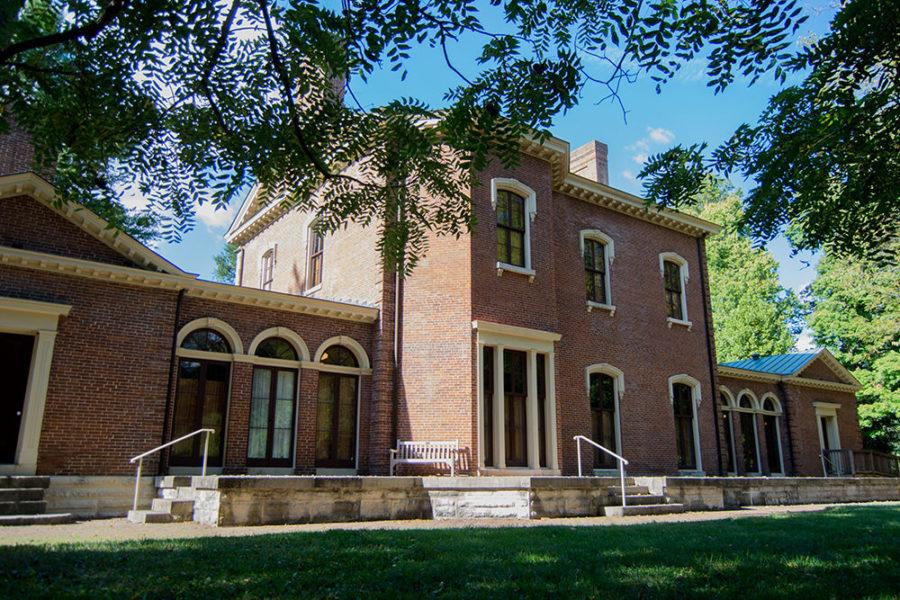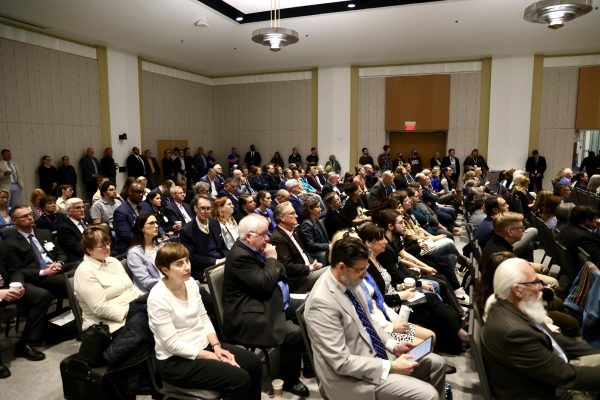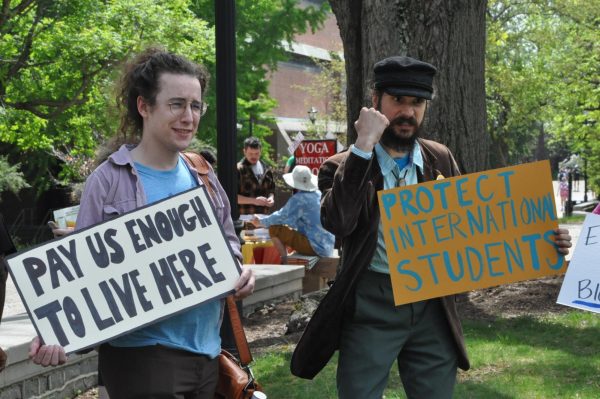Ashland Estate a historic landmark near campus
September 24, 2015
By Ella Wilkie
Henry Clay is well known as the “Great Compromiser,” but a little known fact about the historic figure is that his home sits not too far from UK’s campus.
The Henry Clay Estate is located on Sycamore Road in Lexington. The property has hosted five generations of Henry Clay’s relatives and, though it has seen many surrounding changes, remains a National Historic Landmark.
Clay purchased 600 acres of land in 1809 and named it Ashland because of the abundance of ash trees on the property.
“We are blessed to have about 17 acres of the original estate still here,” said Kate Heil, the estate’s director of tour operations.
Clay’s original mansion experienced structural damage during an earthquake in 1811.
“With the damage that came, (the estate was) pretty much continuing to deteriorate throughout Henry’s life,” Heil said. “(It) was in really bad shape when he died in 1852.”
The building people visit today is a reconstruction of the original plan, which was built by Clay’s son James.
“They all put their touch on the house,” Heil said of the people who lived in the house before it became a museum. “We like to call it a layer cake of all the five generations that have been here.”
Eric Brooks, the museum’s curator and site manager, said maintaining a historic landmark is not an easy task, especially one that is open to public tours throughout most of the week. Brooks is also in charge of the estates cleaning routine.
“It’s certainly a challenge,” Brooks said. “It obviously takes a lot of time and a lot of effort, and can be costly.”
About 80 percent of the house’s contents belonged to one of the five generations that lived there. Clay’s granddaughter, her husband and Clay himself contributed to the vast majority of the furnishings.
“Things are a little worn in places, but we’re proud of it,” Heil said.
Even the wall coverings, which were put in place by Clay’s granddaughter’s family, the McDowells, are considered artifacts.
The estate became a National Historic Landmark after being donated by one of the McDowell daughters, who aided the establishment of The Henry Clay Foundation.
The property is open to the public and has walking trails. The estate’s Ginkgo Tree Café is named for the two ancient trees on both sides of the driveway.
The events held at Ashland throughout the year offer insight into the mansion’s history. This Saturday, the estate will host a Living History Event to commemorate the end of the Civil War and the brief moments of the property’s time as a university.
“We’re commemorating some of their history because they were here when the Civil War was here,” Heil said. “We’re happy to be here … telling everybody about Henry Clay and how important he was.”






















































































































































